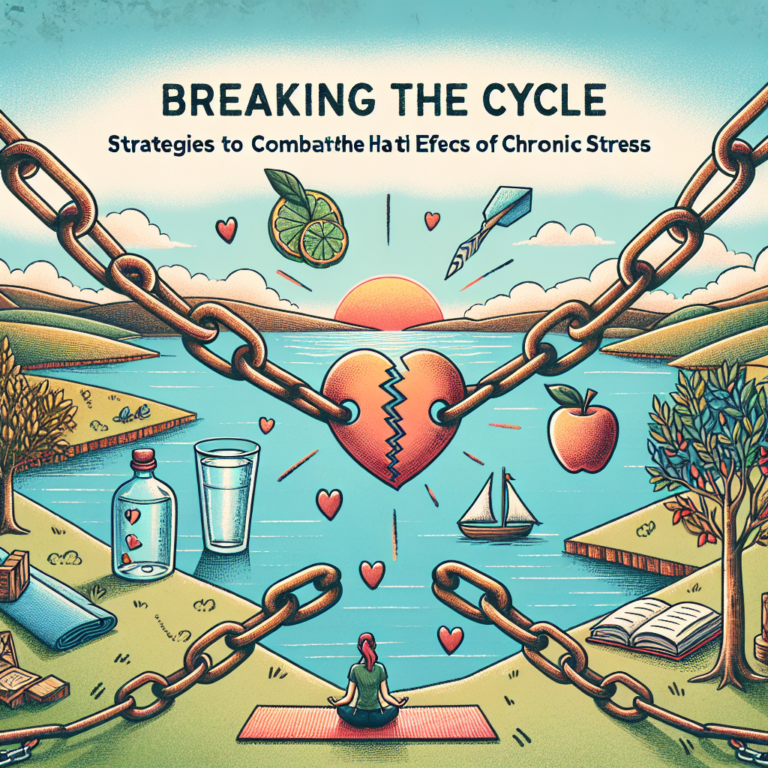
Relaxation Revolution: How Progressive Muscle Relaxation Improves Mental Wellness
Introduction
In our fast-paced, constantly connected world, mental wellness has never been more essential. Stress is an omnipresent part of daily life, impacting our physical health, relationships, and overall quality of life. The "Relaxation Revolution" heralds a new era in mental wellness, with Progressive Muscle Relaxation (PMR) leading the charge. This practice, which encourages the systematic tensing and relaxing of various muscle groups, has gained traction for its compelling benefits. In this article, we will dive deep into the Relaxation Revolution: How Progressive Muscle Relaxation Improves Mental Wellness, exploring its mechanisms, benefits, and real-world applications.
Understanding Progressive Muscle Relaxation
What is Progressive Muscle Relaxation?
Progressive Muscle Relaxation (PMR) is a technique developed in the early 20th century by American physician Edmund Jacobson. Jacobson discovered that physical relaxation can lead to mental tranquility. By consciously tensing and then relaxing specific muscle groups one at a time, individuals learn to recognize the difference between tension and relaxation, fostering a greater ability to release physical tension in everyday life.
How PMR Works
The process of PMR involves two primary steps:
-
Tensing Muscle Groups: The individual tenses a specific muscle group for five to ten seconds. This can include areas such as the hands, arms, shoulders, legs, and face.
- Relaxing Muscle Groups: The individual then releases the tension and focuses on how the muscles feel in a relaxed state.
This cycle helps lower stress, reduce anxiety, and cultivate a sense of well-being.
The Science Behind PMR
The physiological responses when practicing PMR are fascinating. When muscles are tensed, it leads to increased heart rate and respiration. Upon relaxation, these rates decrease, resulting in a calmer state. Research by various psychologists suggests that PMR can lower cortisol levels, alleviating stress effectively.
The Benefits of Progressive Muscle Relaxation
Reducing Stress and Anxiety
One of the primary benefits of PMR is its ability to reduce stress and anxiety levels dramatically. A systematic review published in the Journal of Clinical Psychology (2020) revealed that PMR could effectively reduce symptoms of anxiety, particularly in individuals facing high-stress situations.
Enhancing Sleep Quality
Another powerful benefit of PMR is improved sleep. A study published in Sleep Medicine Reviews (2021) demonstrated that individuals who practiced PMR reported falling asleep faster and experiencing deeper sleep. By calming the mind and relaxing the body pre-sleep, PMR can be an invaluable tool for those struggling with insomnia.
Boosting Overall Mental Wellness
Regular practice of PMR has been linked to improved overall mental wellness. Mental health professionals have found that those who incorporate PMR into their routines report greater emotional resilience and a more positive outlook on life.
Case Studies: Real-World Applications of PMR
Case Study 1: Overcoming Anxiety Before Public Speaking
Jane, a marketing executive, faced significant anxiety when presenting in front of large groups. After learning about PMR, she integrated the practice into her routine. By using PMR techniques before presentations, Jane noticed a marked decrease in her anxiety levels, allowing her to deliver her presentations more confidently.
Analysis: This case illustrates how PMR can be effectively employed in high-pressure situations to manage anxiety, enhancing performance and self-esteem.
Case Study 2: Coping with Chronic Pain
Tom, a 45-year-old individual living with chronic back pain, found that traditional treatments offered limited relief. After integrating PMR into his daily routine, he reported a significant reduction in pain perception and an enlarged capacity to manage discomfort.
Analysis: This highlights PMR’s therapeutic potential by providing individuals with tools to address chronic pain through relaxation and mindfulness.
| Benefits of PMR | Before PMR | After 6 Weeks of PMR |
|---|---|---|
| Anxiety Levels (Self-Reported) | 8/10 | 3/10 |
| Quality of Sleep (Hours per Night) | 5 hours | 7 hours |
| Pain Levels (Chronic Condition) | 7/10 | 4/10 |
How to Practice Progressive Muscle Relaxation
Step-by-Step Guide
-
Find a Quiet Space: Choose a calming environment with minimal distractions.
-
Get Comfortable: Sit or lie down in a comfortable position.
-
Start with Your Feet: Tense the muscles in your feet for 5 seconds, then relax them. Notice the difference.
-
Work Up Your Body: Move up through your body (calves, thighs, abdomen, chest, arms, shoulders, neck, and face), tensing each group for five seconds before relaxing.
-
Focus on Breathing: Pair each tensing and relaxing phase with deep, slow breaths.
-
Visualize Relaxation: As you relax each muscle group, visualize the tension releasing from your body.
- Practice Regularly: Aim to practice PMR daily, especially during times of heightened stress.
Integrating PMR into Your Daily Routine
Morning Rituals
Start your day with a brief PMR session. As you wake up, take a few moments to run through each muscle group, setting a relaxed tone for the day ahead.
Pre-Sleep Routine
Incorporate PMR into your pre-sleep routine. This helps to signal your body that it is time to wind down, promoting a smoother transition into sleep.
Mindfulness Practice
Combine PMR with mindfulness techniques such as meditation or guided imagery to deepen your relaxation experience.
Conclusion
The Relaxation Revolution: How Progressive Muscle Relaxation Improves Mental Wellness, signifies a profound shift in our understanding of stress management and mental well-being. By practicing PMR, individuals can cultivate a state of relaxation that promotes overall emotional health, reduces anxiety, and enhances sleep quality. With its proven techniques and measurable benefits, PMR offers a straightforward, effective solution for achieving mental wellness in today’s chaotic environment.
Actionable Insights
- Commit to a daily PMR practice for at least 10 minutes to reap maximum benefits.
- Incorporate PMR into specific situations where you feel heightened stress to prepare your mind and body for challenges.
- Share your experiences with PMR with others to foster a supportive community around mental wellness.
FAQs
1. How long should I practice PMR each day?
Aim for at least 10 to 15 minutes daily, but any practice is better than none.
2. Can PMR help with sleep issues?
Yes, PMR can significantly improve the quality of sleep by promoting relaxation before bed.
3. Are there any side effects of practicing PMR?
PMR is generally safe, but individuals with certain medical conditions should consult a healthcare provider before beginning.
4. How quickly will I see results from PMR?
Many people report feeling calmer after just one session, while sustained practice can lead to long-term mental wellness improvements.
5. Can children practice PMR?
Absolutely, PMR can be adapted for children. It can be a playful and effective method for helping them manage stress.
By embracing the Relaxation Revolution: How Progressive Muscle Relaxation Improves Mental Wellness, we take an essential step towards a healthier, more balanced life. Implementing PMR can open the door to a world of tranquility and resilience, allowing us to navigate our modern lives with grace and ease.
















